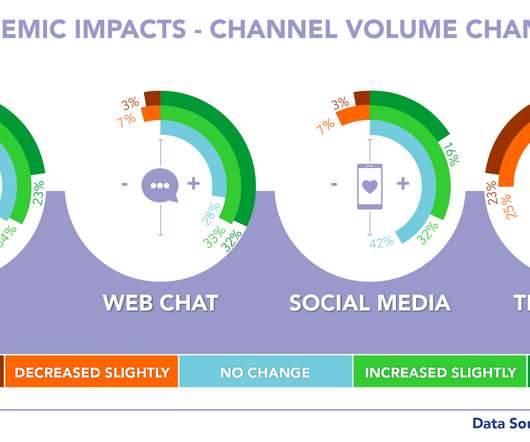KPIs for call centers: 8 critical metrics to track
Global Response
MARCH 1, 2022
After all, when you’re managing a call center, whether it’s in-house or outsourced, there’s a long list of KPIs (key performance indicators) that you could be measuring. Handle time, CSAT, FCR, abandonment rate—the list is nearly endless. This in turn can help reduce agent turnover rate and abandonment rate.















Let's personalize your content